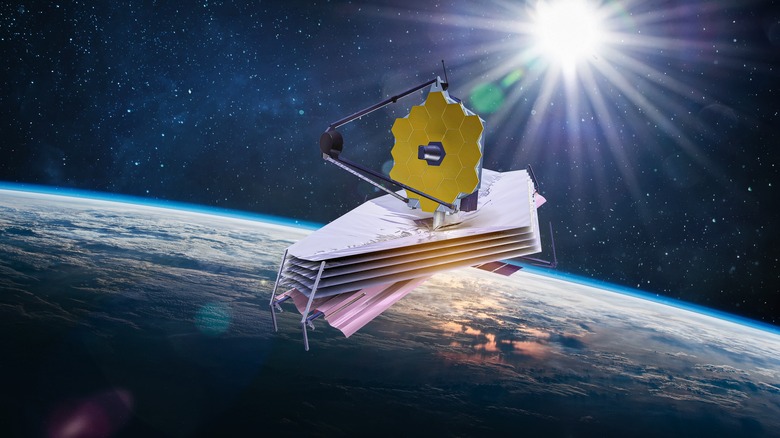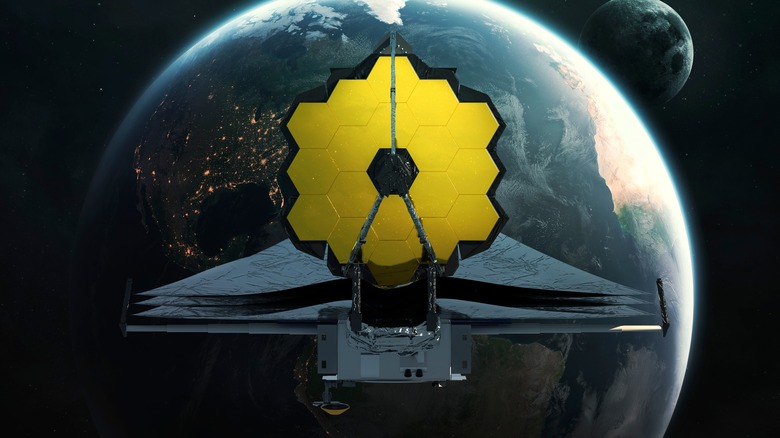James Webb Observatory Hits New Milestone With Activated Guidance Sensor
If you've been following the launch and deployment of the James Webb Space Telescope, you'll know that it isn't a simple matter to turn the world's most powerful space observatory on. The telescope unfurled its hardware as it traveled to its orbit and, once that was complete, it had to power on its instruments.
However, even with this done, there are still several months of tweaking and calibration to complete before the observatory can start collecting science data. The biggest requirement is aligning the multiple segments that form the telescope's primary mirror, but engineers are also working on getting instruments and sensors running, as well. NASA announced on February 17 that one of those sensors – the Fine Guidance Sensor (FGS) – had been activated and locked onto a star for the first time.
"After being powered on Jan. 28, 2022, and undergoing successful aliveness and functional tests, Webb's Fine Guidance Sensor (FGS) has now successfully performed its very first guiding operation!" René Doyon and Nathalie Ouellette of the Université de Montréal, two of the scientists working with FGS and Webb, said (via NASA).
Locking onto a star
Doyon and Ouellette also explained how the Fine Guidance Sensor works. For James Webb to successfully view targets like stars that are very far away, it has to be extremely accurate. That means the observatory needs to stay pointed in exactly the right direction while it collects data. The FGS allows this by measuring the exact position of a reference point, called a guide star, at a rate of 16 times per second. If any movement is detected, parts of the telescope like its steering mirror can be adjusted to compensate.
A tremendous degree of precision is required of the FGS to make sure Webb stays on target. "The degree of precision with which it can detect changes in the pointing to a celestial object is the equivalent of a person in New York City being able to see the eye motion of someone blinking at the Canadian border 500 kilometers (311 miles) away!" Doyon and Ouellette said.
Webb is still undergoing the long process of aligning its mirrors, however, so that means one star appears as 18 images, corresponding to the 18 segments of the primary mirror. Even so, FGS was still able to lock onto one of these images and track it, showing the sensor system working for the first time. Now the Webb engineers will be able to use data from FGS for guiding while aligning the mirrors, along with information from another instrument, NIRCam. The mirror alignment process will continue for the next several months, and the first full beautiful image from the telescope is expected to be released this summer.

